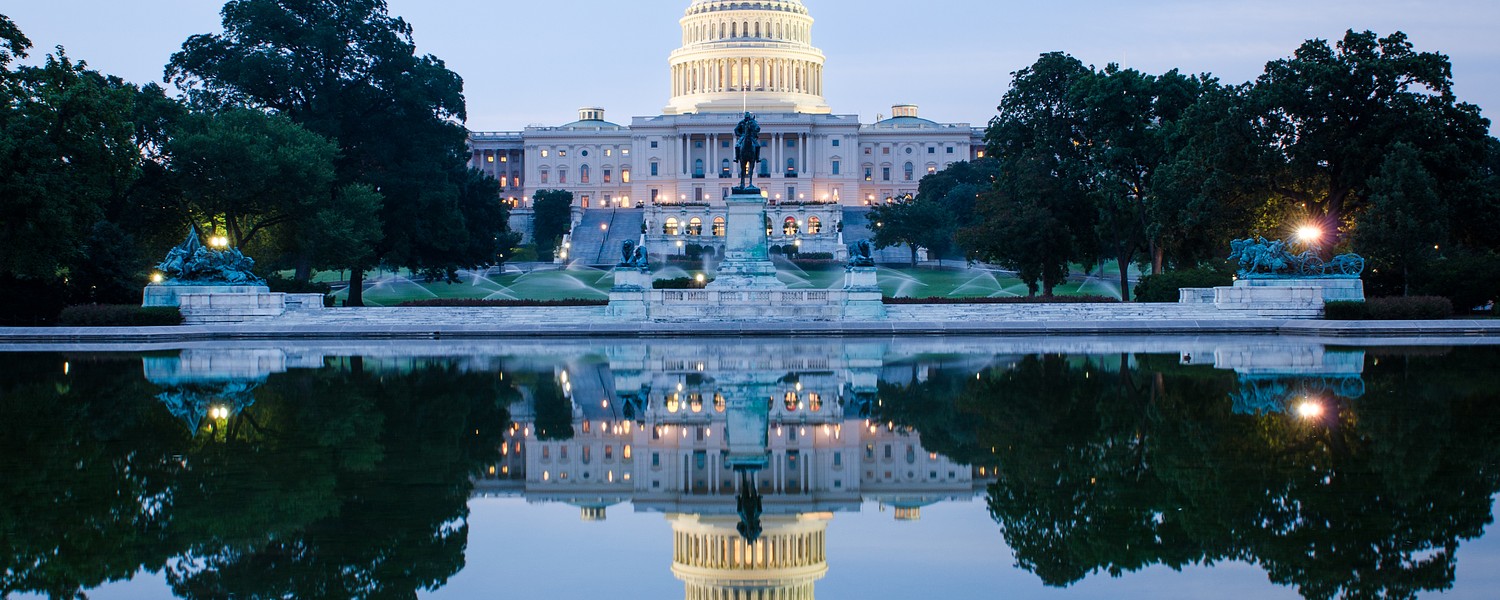
Provided by:
Orhan Cam/Shutterstock

Our travel guides are free to read and explore online. If you want to get your own copy, the full travel guide for this destination is available to you offline* to bring along anywhere or print for your trip.
*this will be downloaded as a PDF.Price
€4,95
The City
The guide was updated:
Founded in 1790 as the capital of the United States, Washington was designed to showcase the nation’s political ideals. Its layout, planned by Pierre L’Enfant, features grand avenues, open spaces, and the National Mall, where monuments and memorials celebrate the country’s history. Over the centuries, the city has grown beyond politics, shaped by diverse communities, cultural movements, and waves of immigration.
Each neighborhood now has its own character. Georgetown blends historic charm with trendy shops and restaurants. Shaw, once marked by racial tensions and riots, has been revitalized and is now a hub for African-American heritage tours. Downtown offers theaters, galleries, and Chinatown’s best Chinese restaurants, while the U Street corridor — where Duke Ellington once played — is the place for live music and nightlife.
The National Mall remains the heart of the city, lined with iconic monuments, memorials, and Smithsonian museums. Across D.C., you’ll find restaurants reflecting the city’s melting-pot culture — from French and American to Ethiopian cuisine. Parks and green spaces are scattered throughout, giving the city a sense of openness that balances the urban energy.
Each neighborhood now has its own character. Georgetown blends historic charm with trendy shops and restaurants. Shaw, once marked by racial tensions and riots, has been revitalized and is now a hub for African-American heritage tours. Downtown offers theaters, galleries, and Chinatown’s best Chinese restaurants, while the U Street corridor — where Duke Ellington once played — is the place for live music and nightlife.
The National Mall remains the heart of the city, lined with iconic monuments, memorials, and Smithsonian museums. Across D.C., you’ll find restaurants reflecting the city’s melting-pot culture — from French and American to Ethiopian cuisine. Parks and green spaces are scattered throughout, giving the city a sense of openness that balances the urban energy.


